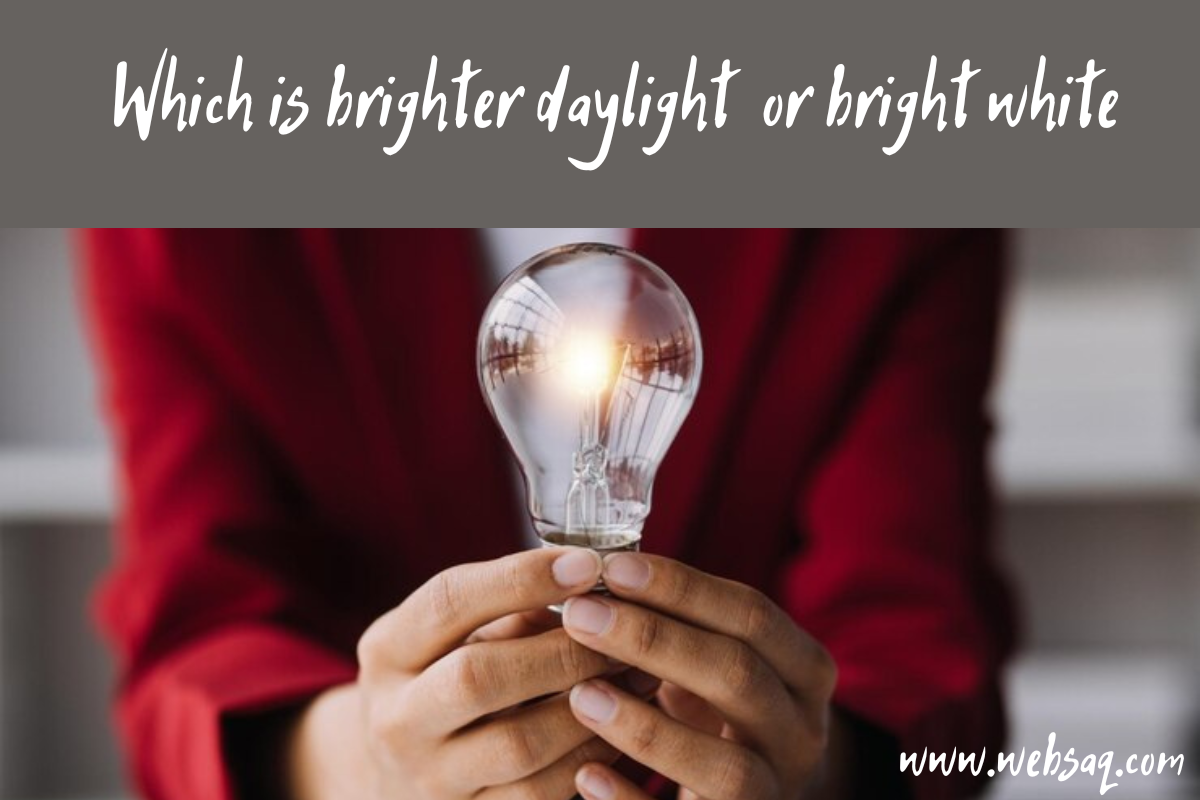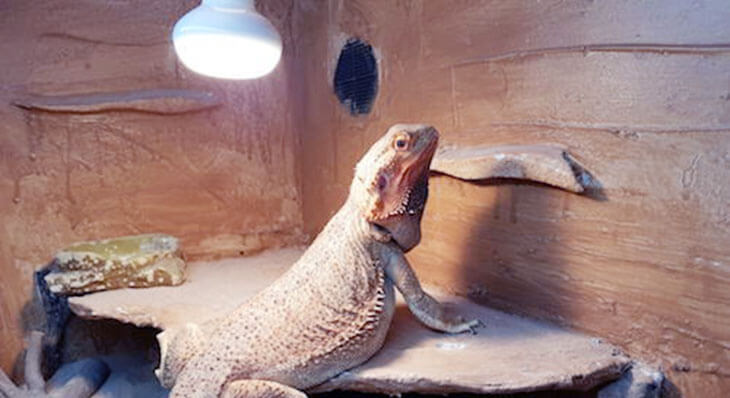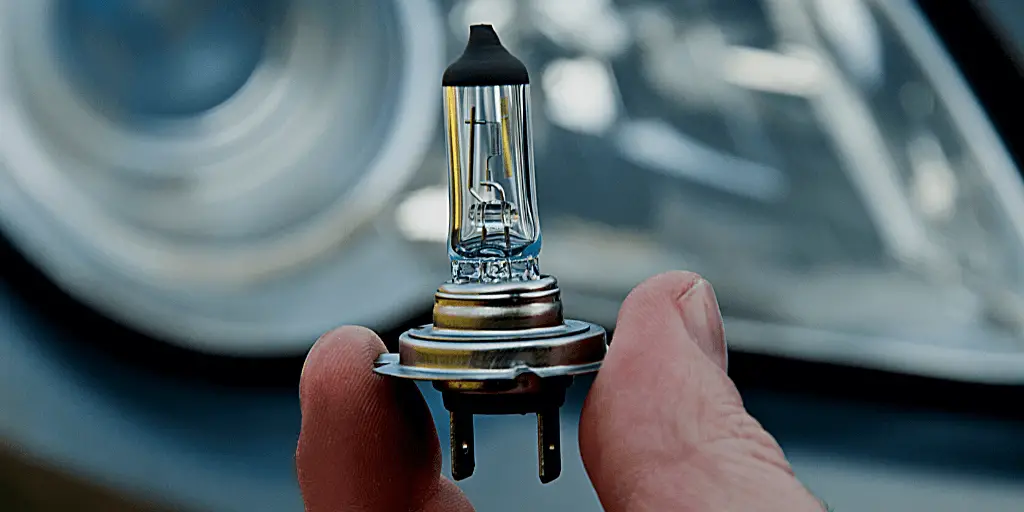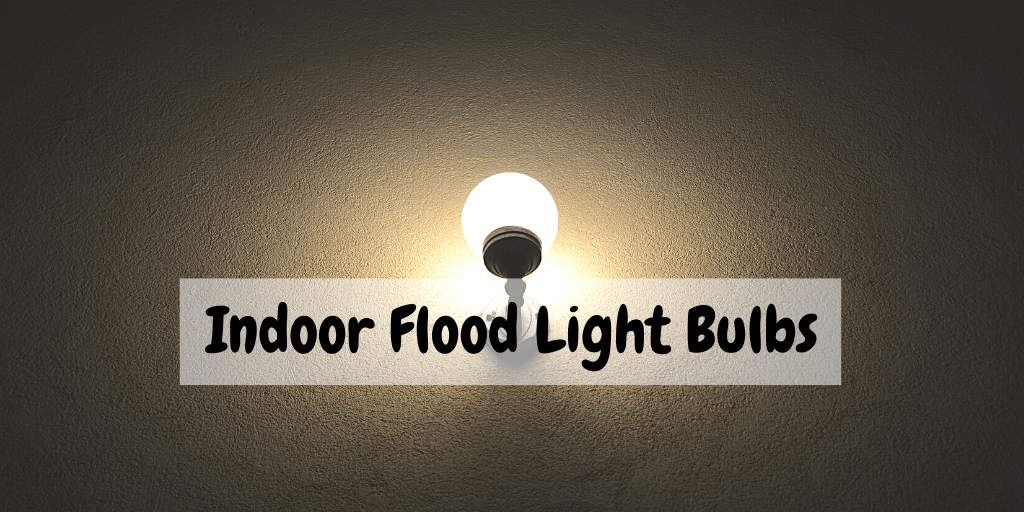You’ve been staring at those old yellowed light bulbs in your home for years, haven’t you?
On the one hand, a daylight bulb provides a softer, more natural glow that’s easier on the eyes. But on the other hand, bright white bulbs create a crisp, clean ambiance and make colors pop.
Which new light bulbs will you choose to shine the light on your decorating dilemma?
Understanding color temperature
When it comes to lighting, the color temperature of the light bulbs you choose makes a big difference.
Only the Kelvin rating is an accurate specification of white color, all other labels can have some ambiguity.
The two most common color temperature options are daylight or bright white bulbs.
A daylight bulb, around 5000 to 6500 Kelvin temperature scale, emits a bluer, brighter light, that mimics natural outdoor light. This crisp, cool white tone is ideal for task lighting or workspaces where detail and accuracy matter.
Bright white bulbs, around 3000 to 4500 Kelvin temperature scale, give off a warmer, brighter, yellower glow that’s more flattering for residential spaces.

While warm white is bright enough for most activities, the dimmer blue tone may not be suitable as a desk lamp or for hobbies requiring high contrast.
Finally, it comes down to how and where you’ll use the lighting. For high-focus spots like a home office, a daylight bulb is your best bet. For relaxing areas where you want a cozier feel, go with a bright white bulb.
With some basic knowledge about color temperature, you’ll be able to find the perfect smart bulbs for your needs. So, shop for smart bulbs, and brighten up your home with the right light for the right space.
The case for daylight deluxe bulbs
When it comes to lighting your home, daylight bulbs are the way to go. Daylight bulb provides a bright, crisp light that mimics natural sunlight.
Daylight bulb bulbs also provide superior color rendering. This means colors appear more vivid and true to life under daylight bulb light.
For the best balance of optimal, natural lighting, in your home, daylights are the way to go. Make the switch today and start enjoying their brightening effects!

How daylight bulbs can improve your mood
Daylight bulbs emit bright, natural light that can drastically improve your mood and focus. The full-spectrum light they provide is much closer to actual daylight or sunlight, which helps regulate your circadian rhythm and boost serotonin levels.
Many people experience the “winter blues” or seasonal affective disorder from a lack of natural light. Daylight bulbs may enhance your cognitive abilities, including improved memory, focus, and decision-making skills.
Studies prove that exposure to bright light during the day leads to higher cognitive performance. Natural light helps optimize your body’s circadian rhythm, which in turn boosts alertness and brain plasticity.
By mimicking natural light, they help regulate your body’s circadian rhythm and boost mood and cognitive performance.

The pros and cons of white bulbs
Bright white lights, like LED bulbs and CFLs, have become popular recently as energy-efficient alternatives to incandescent bulbs. Here are some pros and cons to consider in the great daylight versus bright white light debate.
Pros of bright white light
- Long-lasting. A bright white bulb lasts 10-25 times longer than an incandescent one, so you won’t have to replace it as often.
- Bright light. The cool, bluish light from LEDs and CFLs seems very bright, making them ideal for task lighting or workspaces where you need optimal visibility.
Cons of bright white light
- Harsh light. Many people find the cool tone of a bright white bulb unpleasant and jarring.
- Difficulty sleeping. Exposure to bright bluish light makes it harder to fall asleep. The warm, yellowish light of incandescents is less disruptive.
- Higher upfront cost. Although a bright white bulb is more energy efficient in the long run, it tends to cost more upfront.
Save the incandescent for bedrooms, living rooms, and other areas where a warm glow is most appreciated. With standard light bulb options, for every need, you can have the best of both worlds.

Comparing the brightness of bright white and daylight
When it comes to brightness, bright white and daylight bulbs are often compared. White vs. daylight: which provides more lumens—the measure of total light output?
- Daylight: Bright but blue
Natural light bulbs, sometimes called “full spectrum” emit a bluish light that mimics the blue-white color of natural outdoor light.
They typically provide more lumens than soft white bulbs, so they are quite bright. However, some people find the color temperature of 5,000 to 6,500 Kelvin scale to be harsh, cold, and unflattering.
- White bulbs: A bit warmer
White bulbs, on the other hand, provide nearly as many lumens as daylight ones but with a slightly warmer, more yellow light around a 3,000 to 4,100 Kelvin rating.
This light is still quite bright but renders colors in a more natural way than many people prefer for indoor lighting. The warm white light appears clear and crisp but not as cold as daylight.

Which is more energy efficient: bright white vs. daylight?
When it comes to lighting design and energy efficiency, bright white and daylight bulbs are often pitted against each other.
- Color temperatures
For a warmer, more natural glow, daylight ones are the better choice. They have a lower temperature, around 5000k, which produces a softer white light that mimics most natural light and sunlight.
The higher, 6000K color temperature of white bulbs creates a cooler, bluer tone that can seem artificial.
- Usage
Daylight ones are ideal for task lighting, ambient lighting, and outdoor spots like porches where their softer glow is most natural.
Using the right bulb for the job ensures the most efficient use of energy.
In the end, the most energy-efficient lighting choice for you depends on weighing the factors that matter most.
By determining how and where you need the most efficient lighting, you can find the perfect balance between bright white and daylight.
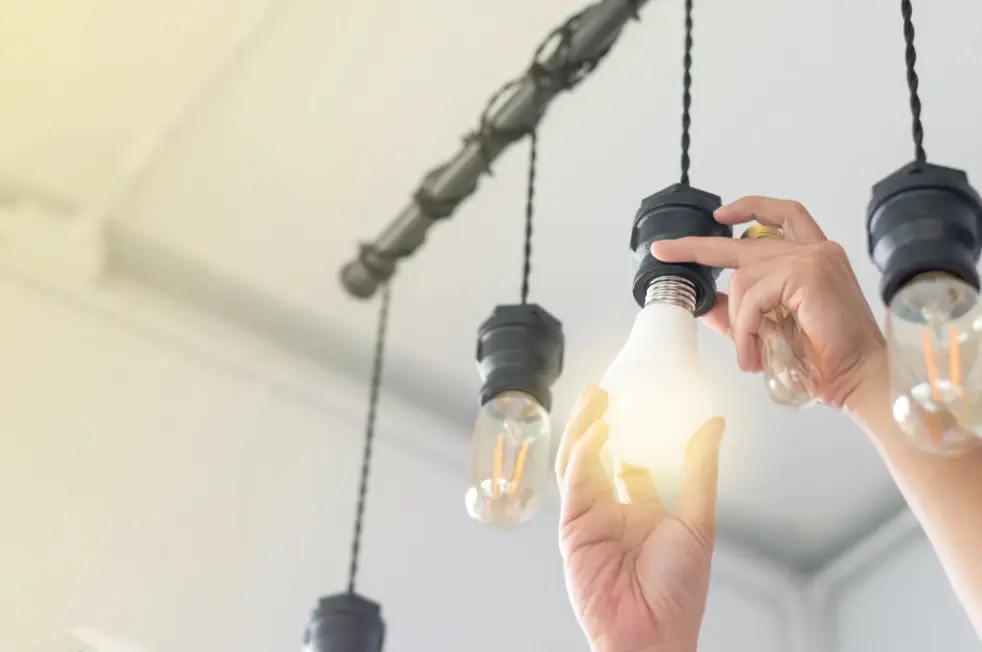
Conclusion
So, there you have it, the great debate between bright white and daylight laid bare. While both pure white and daylight may seem brighter, it comes down to personal preference for the tone and intensity of the light.
Keep in mind that lighting affects your mood. At the end of the day, it comes down to your personal preference and needs.
If besides learning which is brighter daylight or bright white you would like to know about warm lighting, please make sure to follow the link and read the post on our website.
FAQ
LED lights utilize light-emitted diodes. A 10-watt, LED light bulb provides more energy than 60-watt non-LED bulbs do.
Daylight lights provide more brightness. The soft white provides more light and a better feeling and warmth.
The room’s size usually determines how much light you desire and the type of light.
This is a common question and the short answer is: it depends.
Daylight is designed to mimic natural daylight, around 5000 to 6500 Kelvin rating, which many people perceive as a bright white, crisp light.
Bright, pure white, bulbs produce a slightly warmer, more yellow light in the 3000 to 4100 Kelvin scale.
Do you want to learn more and find out which is brighter daylight or bright white? Please open the link and read one more article on this topic.

Here, I provide valuable insights into the lighting industry, drawing from 12 years of experience. My aim is to share useful and practical tips, life hacks, and comprehensive product reviews. I hope that collective expertise, advice, and recommendations prove beneficial to you.

